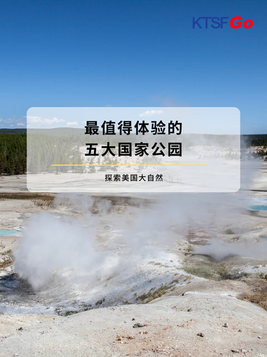Women's “In the Mood for Love”
- C.C

- Apr 16, 2024
- 3 min read
Director Wong Kar-wai's "In the Mood for Love" has been in theaters for 20 years now, and the scenes he created have become classic moments in cinematic history. Su Li-zhen (played by Maggie Cheung) and Chow Mo-wan (played by Tony Leung) coincidentally move into the same apartment building. They both share a commonality - being left behind by their infidelity partners. As they confide and investigate together, they gradually develop feelings for each other. The director chose a waltz rhythm with a 3/4 beat by the renowned Japanese composer Shigeru Umebayashi to accompany their repeated encounters, mirroring the steps of a cha-cha-cha dance. Their interactions test each other's feelings, with emotions progressing subtly between them. The recurring circular movements, coupled with Su Li-zhen's (Maggie Cheung) various styles of cheongsam dresses, weave through the alleys under the streetlights. In the 134-minute film, there isn't a single bed scene (rumored to have been completely cut by Wong Kar-wai), which heightens the audience's curiosity. The desires between the characters are akin to the scarlet curtains in the corridor, enveloping the entire ambiance with ambiguity yet leaving no traces, leaving ample room for imagination. After all, the most beautiful part of love always lies before the first bed scene. Some say this film is a testament to Maggie Cheung and Tony Leung's love for each other yet being unable to be together. Whether fact or fiction, the romantic lives of celebrities always intrigue fans. Whether it's the storyline or real-life love, love eventually fades like a shooting star. What remains unchanged are the characters created by Maggie Cheung and Tony Leung, immortalized on film, and of course, the unforgettable Maggie Cheung in her exquisitely beautiful cheongsam dresses. In the graceful movements of the cheongsam, Maggie Cheung's figure elegantly unfolds, her neck's lines, and the hazy gaze, as if time stands still on her, crystallizing into eternal beauty.

In the film "In the Mood for Love," the master of aesthetics, William Chang, crafted over twenty qipao dresses for Maggie Cheung. The qipao acts as a key to time, transporting people to the Shanghai of the 1930s and 1940s, evoking the ambiance of that era. It's not just a garment; it's an art form. The qipao sculpts the graceful curves of a woman's body, accentuating her beauty. Its clean lines and elegant design naturally evoke thoughts of past eras, allowing one to experience the artistic lifestyle of Shanghai, with its vibrant culture displayed like a painting before the eyes.
Indeed, women wearing qipao are truly beautiful! What exactly is the charm of the qipao?
The charm of the qipao lies in its ability to showcase a woman's elegance and grace. When a woman wears a qipao, time seems to stand still, as if she becomes the guardian of time, preserving beautiful memories forever. Just like Maggie Cheung in "In the Mood for Love," her graceful demeanor in a cheongsam symbolizes eternal beauty.
If one were to choose a way to record the passage of time, wearing a qipao for a photoshoot might be a profoundly meaningful experience. The qipao acts as armor for women, not only showcasing breathtaking beauty but also serving as a tool to carve time onto oneself, documenting one's own unique journey through the years.
When women don the qipao and gracefully stroll before the camera, each gesture seems to narrate their own story. These stories may be reminiscences of youthful days, experiences of trials and tribulations, or visions filled with hope and dreams for the future. The qipao, like a faithful witness, silently records all of this, witnessing the transformation of women from blossoming youths to mature individuals. It carries the memories and emotions of women, becoming a symbol rich in emotional and historical significance. Wearing the qipao for a photoshoot is like paying homage to time, to one's life journey, immortalizing beautiful memories forever in the frame.


















Comments